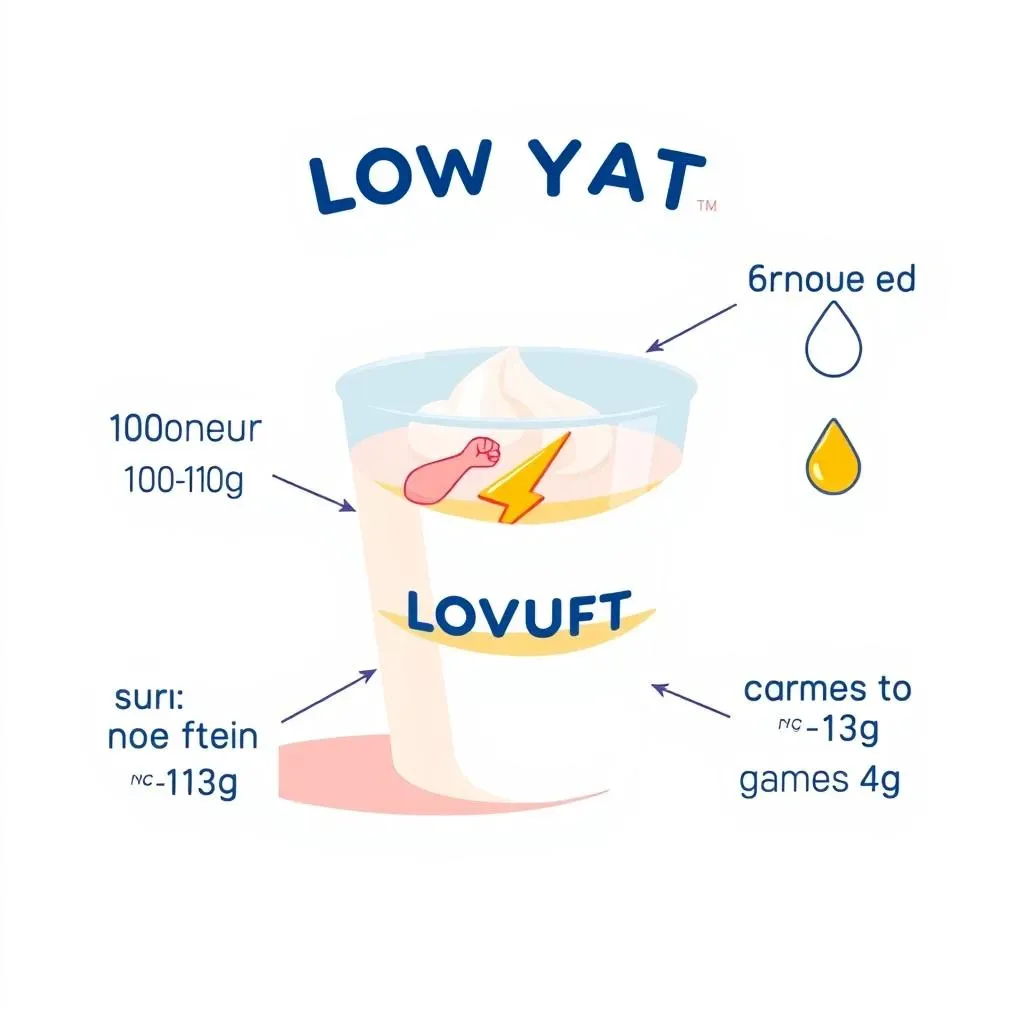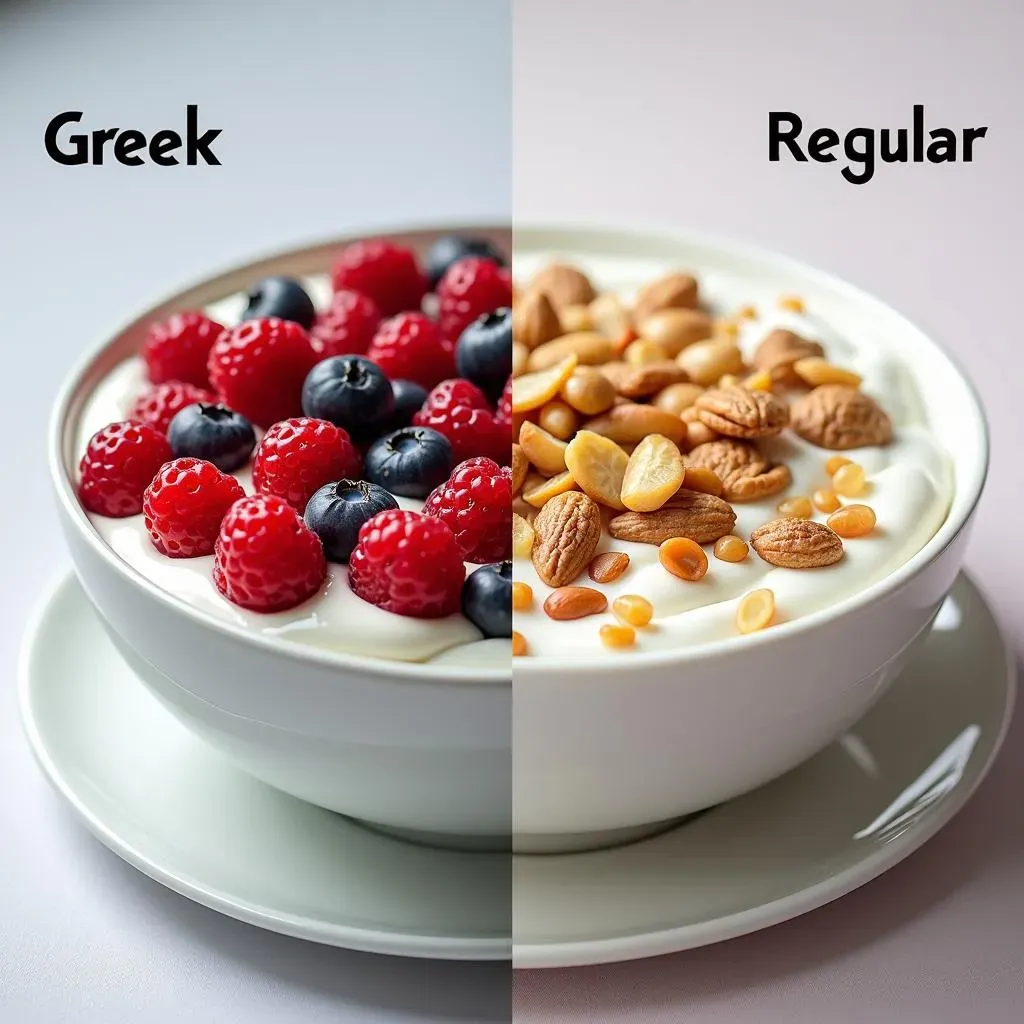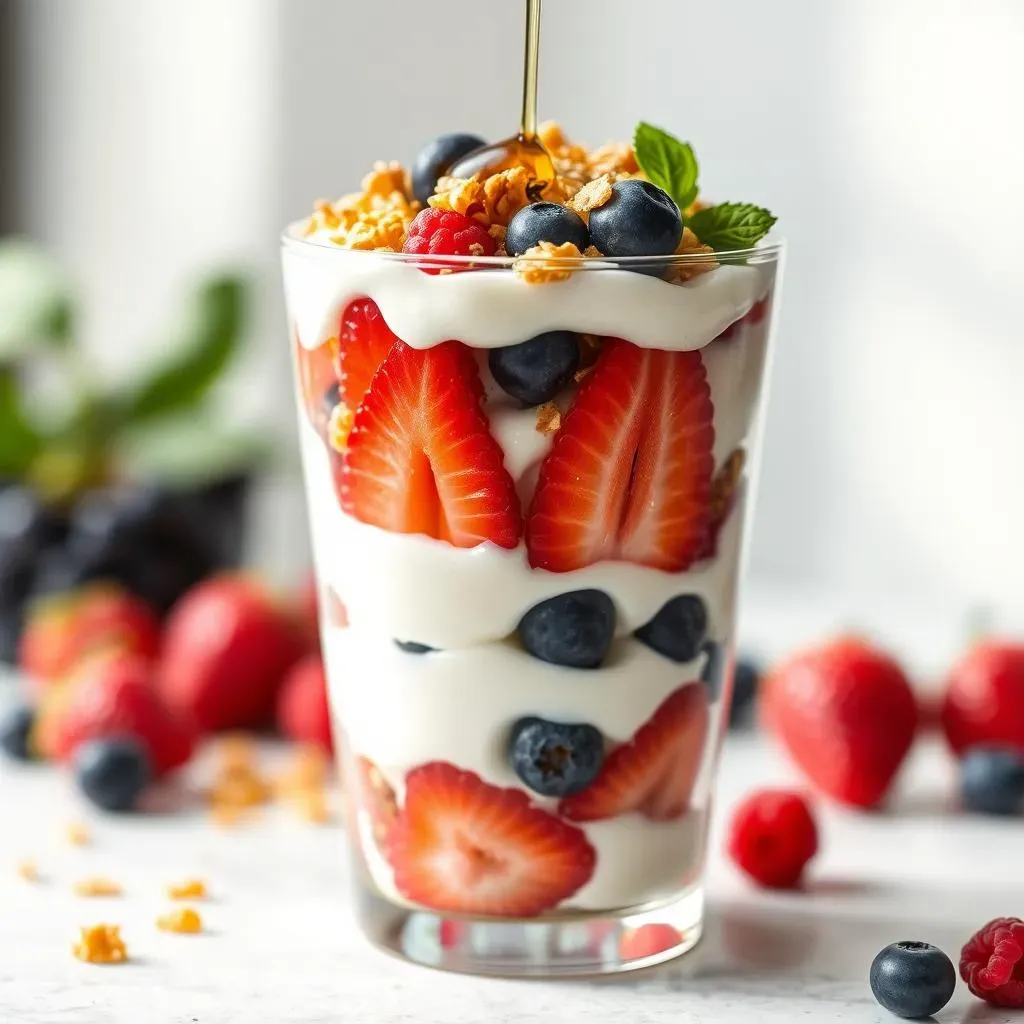Table of Contents
Ever stare into your fridge, wondering if that cup of yogurt fits into your daily plan? You're not alone! Counting calories can feel like a chore, but understanding the basics helps. We're diving deep into the creamy world of yogurt, specifically focusing on the calories in 1 cup low fat yogurt. Is it a healthy snack or a sneaky calorie bomb? This article will break it all down for you, no complicated diet jargon. We'll compare different types of low-fat yogurt, like Greek versus regular, to see which one packs the most nutritional punch for the fewest calories. Plus, I'll share some easy ways to enjoy your yogurt without blowing your calorie goals. Think of this as your friendly guide to guilt-free yogurt enjoyment. Let's get started and uncover the secrets hiding in that seemingly innocent cup!
Decoding Calories: Low Fat Yogurt Nutrition

Decoding Calories: Low Fat Yogurt Nutrition
So, you're curious about what's *really* in that cup of low-fat yogurt? Let's break it down. Generally, a 1-cup serving clocks in around 150-160 calories. But hold up! That's just the base. We need to consider where those calories come from. You've got your protein, carbs, and a tiny bit of fat all playing a role. That protein keeps you feeling full, those carbs give you energy, and the fat, well, it makes it taste good!
Nutrient | Amount (per 1 cup) | Contribution |
|---|---|---|
Calories | ~150-160 | Total energy |
Protein | ~13g | Satiety, muscle building |
Carbs | ~17g | Energy source |
Fat | ~4g | Flavor, satiety |
Greek vs. Regular: Low Fat Yogurt Calorie Comparison

Greek vs. Regular: Low Fat Yogurt Calorie Comparison
The Calorie Showdown
Alright, let's get to the real battle: Greek vs. Regular low-fat yogurt. Which one wins the calorie contest? Generally, Greek yogurt has a slight edge. A cup of low-fat Greek yogurt might have a few more calories (around 180-200) than regular low-fat yogurt (around 150-160), but don't let that scare you! The key is what you get for those extra calories.
Protein Power: The Greek Advantage
Here's where Greek yogurt shines. It's packed with protein! We're talking almost double the amount you'd find in regular yogurt. That protein isn't just for show; it keeps you feeling fuller for longer, which can help you avoid those mid-afternoon snack attacks. So, even if it has a few more calories, it can be a smarter choice overall.
Sugar and Additives: Read the Labels!
Now, before you declare Greek yogurt the ultimate champion, there's a catch. Some brands load up their yogurts with added sugars and artificial flavors to make them taste better. Always check the nutrition labels! You might find that a flavored regular yogurt has fewer calories and less sugar than a sweetened Greek yogurt. Plain, unflavored yogurt is always your best bet, then you can add your own healthy toppings.
Yogurt Type | Calories (per 1 cup) | Protein (per 1 cup) | Sugar (per 1 cup, plain) |
|---|---|---|---|
Low-Fat Greek Yogurt | 180-200 | 20-25g | 6-8g |
Low-Fat Regular Yogurt | 150-160 | 10-15g | 15-20g |
Smart Snacking: Fitting Low Fat Yogurt Calories into Your Day

Smart Snacking: Fitting Low Fat Yogurt Calories into Your Day
So, how do you make yogurt work for you without wrecking your diet? It's all about being smart. First, think of yogurt as a blank canvas. Plain low-fat yogurt is your base, and you get to decide what flavors and toppings to add. This way, you control the calorie count and avoid hidden sugars. I like to think of it as building my own personalized sundae, but a healthy one!
Next, portion control is key. Even healthy foods can lead to weight gain if you overeat them. Stick to a 1-cup serving to keep those calories in check. And finally, consider *when* you're eating your yogurt. Is it a post-workout snack, a breakfast boost, or a late-night craving crusher? Timing matters!
- Breakfast Boost: Pair yogurt with fruit and granola for a filling start.
- Post-Workout Power: The protein in yogurt aids muscle recovery.
- Curbing Cravings: A small yogurt cup beats a sugary dessert any day!
Topping Tactics: Healthy Add-Ins
Let's talk toppings! This is where you can get creative and add some serious flavor without blowing your calorie budget. Fresh berries are always a great choice. They're low in calories, high in antioxidants, and add a touch of sweetness. A sprinkle of nuts or seeds provides healthy fats and a satisfying crunch.
Avoid sugary cereals, candy pieces, or excessive amounts of honey or maple syrup. These can quickly turn your healthy snack into a calorie bomb. Think of it like this: you want to enhance the yogurt, not bury it under a mountain of sugar.
Topping | Serving Size | Approx. Calories | Benefits |
|---|---|---|---|
Berries (mixed) | 1/2 cup | 40-50 | Antioxidants, fiber |
Almonds (sliced) | 1 tbsp | 50-60 | Healthy fats, protein |
Chia Seeds | 1 tsp | 25-30 | Fiber, omega-3s |
Yogurt Parfait Power
Want to feel fancy? Layer your yogurt with fruit and granola in a glass to create a beautiful and delicious parfait. Not only does it look impressive, but it also helps you control your portions. The layers create a sense of fullness, so you're less likely to overeat.
I like to make mine with a base of plain Greek yogurt, a layer of mixed berries, a sprinkle of granola, and a drizzle of honey. It's the perfect balance of sweet, tart, and crunchy, and it keeps me satisfied for hours. It's also a great way to impress your friends with your healthy snacking skills!
Your Yogurt Journey: Calories in 1 Cup Low Fat Yogurt, Decoded!
So, there you have it! We've explored the world of calories in 1 cup low fat yogurt, compared Greek and regular varieties, and armed you with tips for smart snacking. Remember, knowing the calorie count is just one piece of the puzzle. Pay attention to added sugars and other ingredients to make the healthiest choice for your body. Now go forth and enjoy your yogurt, guilt-free!
